What Your Child Learns from Enchanted Clearing Adventures: A Parent’s Guide
Subscribe & Get Free E-books!
Subscribe to our channel and fill out the form below to receive exclusive free e-books directly in your inbox.
As parents, we’re always looking for activities that entertain our children while secretly sneaking in valuable learning experiences. Nature exploration in what we call “enchanted clearings” provides exactly this perfect combination. When children step into natural spaces with curiosity and imagination, they’re absorbing crucial life skills and educational concepts without even realizing it.
The Hidden Curriculum of Nature Play
Scientific Observation Skills
When your child crouches down to examine a interesting beetle or watches clouds change shape, they’re practicing the fundamental skill of scientific observation. They develop the ability to observe subtle details, pose thoughtful questions, and anticipate potential outcomes. These are the same skills used by professional scientists and researchers.
What you’ll notice: Your child might start pointing out things you’ve never noticed before, like how certain flowers only open in sunlight or how birds behave differently in the morning versus evening.
How to encourage it: Ask open-ended questions like “What do you think will happen if we touch this leaf?” or “Why do you think this rock feels different from that one?”
Mathematical Concepts in Nature
Nature is full of mathematical patterns and concepts. Children naturally count flower petals, compare sizes of leaves, and notice symmetrical patterns in butterfly wings. They begin understanding concepts like bigger and smaller, more and less, and basic geometry through hands-on exploration.
Real-world application: Counting acorns becomes addition practice. Comparing leaf sizes introduces measurement concepts. Observing circular tree rings or hexagonal honeycomb patterns builds geometric awareness.
Language and Vocabulary Development
Outdoor exploration dramatically expands a child’s vocabulary. They encounter words like “rough,” “smooth,” “prickly,” and “fuzzy” through direct sensory experience. They begin to recognize and identify various plants, animals, and elements of the natural world. Most importantly, they develop storytelling skills as they create narratives about their discoveries.
Vocabulary expansion includes:
- Descriptive adjectives (crystalline, translucent, sturdy)
- Action verbs (flutter, rustle, scurry)
- Scientific terminology (habitat, ecosystem, camouflage)
- Emotional vocabulary (peaceful, excited, curious)
Social and Emotional Development
Building Confidence and Independence
Nature provides a safe environment for children to take appropriate risks and make decisions. Choosing which path to explore, deciding whether to pick up an interesting rock, or determining if they can jump across a small stream all build confidence and decision-making skills.
Confidence builders:
- Successfully identifying plants or animals
- Leading the way on familiar trails
- Teaching younger siblings about discoveries
- Overcoming initial fears (like touching tree bark or getting a little dirty)
Developing Empathy and Responsibility
When children regularly interact with living things in nature, they develop empathy for other creatures. They learn that their actions have consequences and that all living things deserve respect and care.
Empathy lessons:
- Understanding that loud noises might scare animals
- Learning to observe without disturbing nests or habitats
- Feeling concern for injured animals or damaged plants
- Developing protective instincts toward “their” special outdoor spaces
Stress Relief and Emotional Regulation
Time in nature naturally reduces stress hormones and promotes calm feelings. Children who spend regular time outdoors often show improved emotional regulation and better ability to handle frustration or disappointment.
Creative and Imaginative Development
Unstructured Play Benefits
Unlike organized activities or screen time, nature exploration allows for completely open-ended play. Children create their own games, stories, and adventures. This type of unstructured play is crucial for developing creativity and problem-solving abilities.
Creative activities naturally emerge:
- Building fairy houses from natural materials
- Creating nature art arrangements
- Inventing games with found objects
- Developing elaborate stories about magical creatures
Problem-Solving Skills
Nature presents constant puzzles to solve. How do you cross a muddy patch? What’s the best way to climb over a fallen log? How can you see the bird that’s singing but hidden in the leaves? These challenges develop critical thinking and problem-solving abilities.
Physical Development Benefits
Gross Motor Skills
Uneven terrain, climbing opportunities, and varied surfaces naturally develop balance, coordination, and strength. Children improve their spatial awareness and body confidence through navigating natural environments.
Fine Motor Skills
Picking up small objects like pebbles, pine cones, or delicate flowers develops fine motor control. These same muscles and coordination will later support writing skills and other detailed tasks.
Sensory Integration
Nature provides rich sensory experiences that help children process and integrate information from all their senses. This sensory integration supports learning, attention, and emotional regulation.
Long-Term Educational Impact
Foundation for STEM Learning
Early positive experiences with nature often lead to lifelong interests in science, technology, engineering, and mathematics. Children who explore outdoors develop the curiosity and observational skills that form the foundation of scientific thinking.
Environmental Awareness
Children who feel connected to nature become adults who care about environmental protection. These early experiences create emotional bonds with the natural world that last a lifetime.
Critical Thinking Development
Nature doesn’t provide simple answers or immediate gratification. Children learn to observe, hypothesize, test ideas, and draw conclusions. These critical thinking skills transfer to all areas of learning and life.
Making the Most of Nature Learning
Age-Appropriate Expectations
Ages 2-4: Focus on sensory exploration and basic vocabulary. Let them touch, smell, and observe without pressure to learn specific facts.
Ages 5-7: Begin introducing simple scientific concepts. Ask more complex questions and encourage predictions about natural phenomena.
Ages 8-12: Encourage independent observation and research. Introduce field guides and more sophisticated scientific vocabulary.
Safety Considerations
While encouraging exploration, maintain appropriate safety awareness:
- Teach children to ask before touching unknown plants
- Establish boundaries for exploration areas
- Discuss respectful animal observation from a distance
- Always supervise near water or challenging terrain
Creating Learning Documentation
Keep a family nature journal or photo collection to track discoveries and observations over time. This documentation helps children see their own learning progress and creates lasting memories of shared adventures.
The Parent’s Role as Learning Facilitator
Your enthusiasm and curiosity are contagious. When you model wonder and ask genuine questions about natural phenomena, you show children that learning is a lifelong adventure. You don’t need to be a nature expert to facilitate learning—asking questions together and looking up answers later can be just as valuable as having immediate answers.
The most important thing you can provide is time, attention, and encouragement. When children feel supported in their natural curiosity, they develop confidence to keep exploring and learning throughout their lives.
Remember that every child learns differently and at their own pace. Some children will immediately embrace getting dirty and touching everything, while others need time to warm up to new experiences. Both approaches are perfectly normal and valuable.
Conclusion
Enchanted clearing adventures provide far more than just outdoor fun. They offer a complete educational experience that supports cognitive, emotional, social, and physical development. By understanding what children gain from these experiences, parents can better appreciate the value of unstructured nature time and feel confident that play truly is learning in its most natural form.
The next time your child wants to spend an hour examining rocks or building stick houses, remember that you’re witnessing education in action. These magical moments in nature are building the foundation for lifelong learning, environmental stewardship, and personal confidence that will serve them well throughout their lives.
Continue the Magic at Home
Bring the spirit of Enchanted Adventures into your everyday routine. Subscribe to The Magic Garden on YouTube, where you and your child can explore new episodes filled with soil science, weather patterns, plant growth, and the timeless magic of outdoor discovery. Keep nurturing curiosity—because every backyard, park, or trail holds a new adventure waiting to unfold.
Visit CartoonKidsTV.com for:
-
Printable worksheets
-
Bonus learning activities
-
Parent and teacher resources
-
Weekly updates
Follow Cartoon Kids TV on Facebook, Instagram, and Pinterest for tips and ideas to keep your child’s love of learning growing every day.
With every flower, buzzing bee, and new discovery, your child learns that science is alive — right in their own backyard.

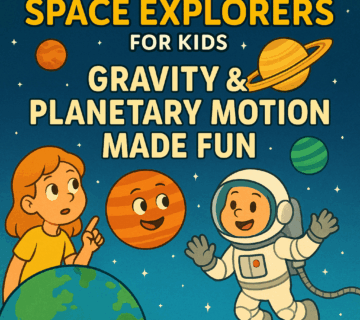
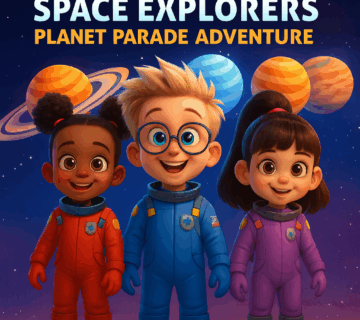
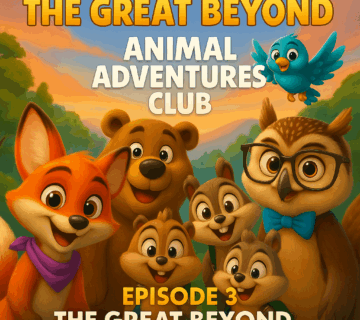
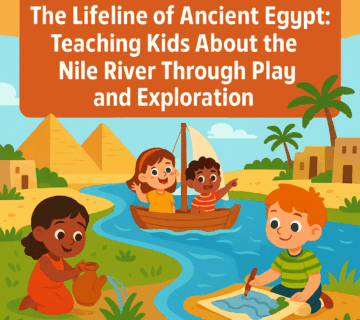
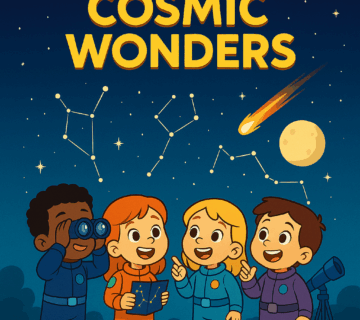
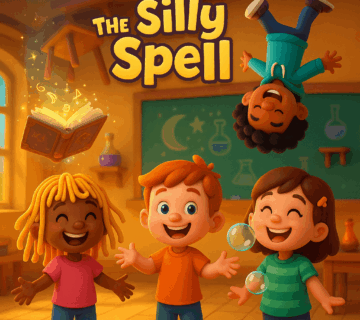
No comment